 Quando si prende in mano un prodotto in plastica, è probabile che sia reso flessibile da un gruppo di sostanze chimiche note come ftalati. Nonostante siano onnipresenti, dagli imballaggi alimentari ai prodotti per la cura della persona, il termine "ftalati" rimane relativamente sconosciuto a molti. Scopriamo quindi cosa sono queste sostanze chimiche e perché dovrebbero interessarvi.
Quando si prende in mano un prodotto in plastica, è probabile che sia reso flessibile da un gruppo di sostanze chimiche note come ftalati. Nonostante siano onnipresenti, dagli imballaggi alimentari ai prodotti per la cura della persona, il termine "ftalati" rimane relativamente sconosciuto a molti. Scopriamo quindi cosa sono queste sostanze chimiche e perché dovrebbero interessarvi.
Capire i ftalati
Gli ftalati (pronunciati THAL-ati) sono una famiglia di composti chimici utilizzati principalmente per ammorbidire la plastica, rendendola flessibile e resistente. Sono presenti in una miriade di oggetti di uso quotidiano, tra cui:
-
Contenitori e imballaggi in plastica : quasi tutte le forme di plastica flessibile contengono ftalati.
-
Prodotti per la cura della persona : aiutano a trasportare le fragranze e a garantire la consistenza di lozioni, shampoo e deodoranti.
-
Articoli per la casa : dai pavimenti in vinile alle tende da doccia, i ftalati sono onnipresenti nell'arredamento della casa.
-
Dispositivi medici : rendono flessibili i tubi per via endovenosa (EV) e le sacche per il sangue.
Le implicazioni sulla salute dei ftalati
L'uso diffuso di ftalati solleva un interrogativo importante: sono sicuri? La ricerca suggerisce un potenziale legame tra l'esposizione agli ftalati e vari problemi di salute. Ecco alcune preoccupazioni:
-
Interruzioni ormonali : gli ftalati sono noti interferenti endocrini. Possono imitare, bloccare o alterare gli ormoni naturali del nostro corpo, causando una varietà di problemi di salute. Alcuni ftalati possono agire come gli estrogeni, alterando l'equilibrio ormonale sia negli uomini che nelle donne. Possono anche abbassare i livelli di testosterone, il che è particolarmente preoccupante per la salute riproduttiva maschile.
-
Riduzione della fertilità : l'esposizione ai ftalati è stata associata a problemi di salute riproduttiva, in particolare negli uomini. Studi hanno dimostrato che i ftalati possono portare a una riduzione della qualità dello sperma, tra cui una riduzione del numero di spermatozoi, una scarsa motilità e una forma anomala degli spermatozoi, tutti fattori che possono contribuire all'infertilità. Anche gli squilibri ormonali causati dai ftalati possono influire sull'apparato riproduttivo.
-
Asma : gli ftalati sono stati collegati a problemi respiratori, tra cui l'asma. Le donne in gravidanza esposte agli ftalati possono aumentare il rischio che i loro figli sviluppino l'asma. Inoltre, gli ftalati rilasciati dagli oggetti domestici possono contribuire all'inquinamento dell'aria interna, aggravando i sintomi dell'asma e altre patologie respiratorie.
-
Problemi neurologici : ricerche emergenti hanno dimostrato potenziali collegamenti tra l'esposizione ai ftalati e problemi neurologici. L'esposizione ai ftalati durante la gravidanza e la prima infanzia è stata associata a ritardi nello sviluppo e deterioramenti cognitivi nei bambini. Alcuni studi suggeriscono anche una correlazione tra l'esposizione ai ftalati e problemi comportamentali come il disturbo da deficit di attenzione e iperattività (ADHD) e altre difficoltà di apprendimento.
Come ridurre al minimo l'esposizione ai ftalati
Ridurre l'esposizione ai ftalati è un passo proattivo verso una salute migliore. Ecco alcuni consigli pratici:
-
Scegli prodotti senza ftalati : opta per articoli etichettati come privi di ftalati, soprattutto nei prodotti per la cura della persona e per bambini.
-
Limita l'uso della plastica : conserva gli alimenti in contenitori di vetro o acciaio inossidabile invece che in plastica. Evita di cuocere gli alimenti nel microonde in contenitori di plastica, poiché il calore può far rilasciare ftalati negli alimenti.
-
Controllare le etichette : cercare termini come DBP (di-n-butil ftalato), DEP (dietil ftalato) e DEHP (di(2-etilesil) ftalato) negli elenchi degli ingredienti ed evitarli quando possibile.
-
Ventila la tua casa : molti oggetti domestici rilasciano ftalati nell'aria. Una buona ventilazione può contribuire a ridurre l'inquinamento dell'aria interna.
-
Siate selettivi con i giocattoli dei bambini : scegliete giocattoli realizzati con materiali naturali come legno o stoffa, invece che in plastica.
Conclusione
Gli ftalati sono una componente importante, ma spesso trascurata, della nostra vita quotidiana. Sebbene offrano benefici funzionali, è fondamentale essere consapevoli del loro potenziale impatto sulla salute. Facendo scelte consapevoli e riducendo la nostra esposizione, possiamo adottare misure per salvaguardare il nostro benessere.
Rimani informato, mantieniti in salute e fai scelte consapevoli sui ftalati nella tua vita quotidiana.





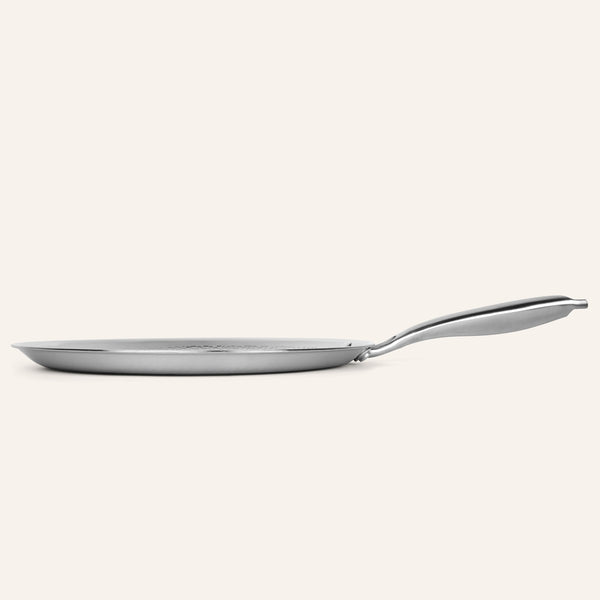
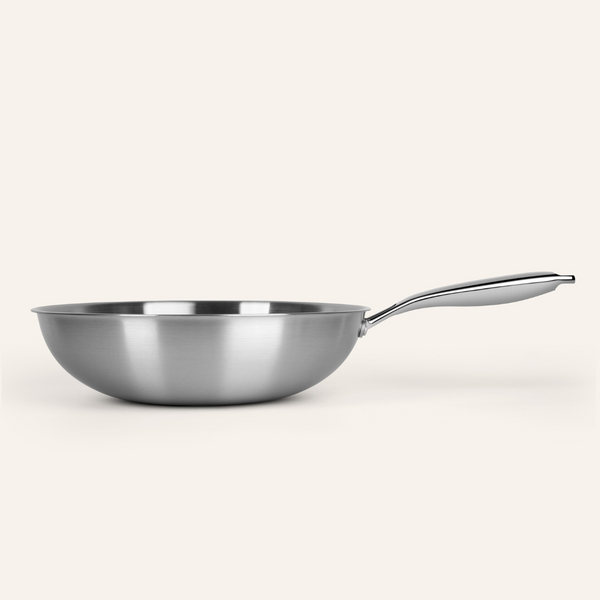
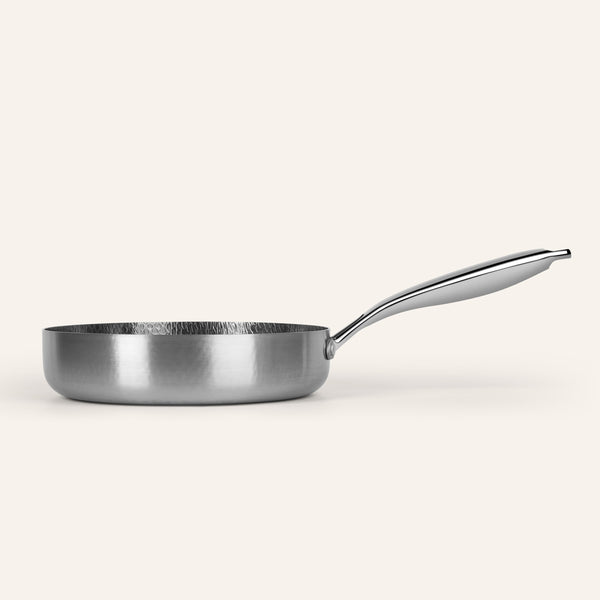

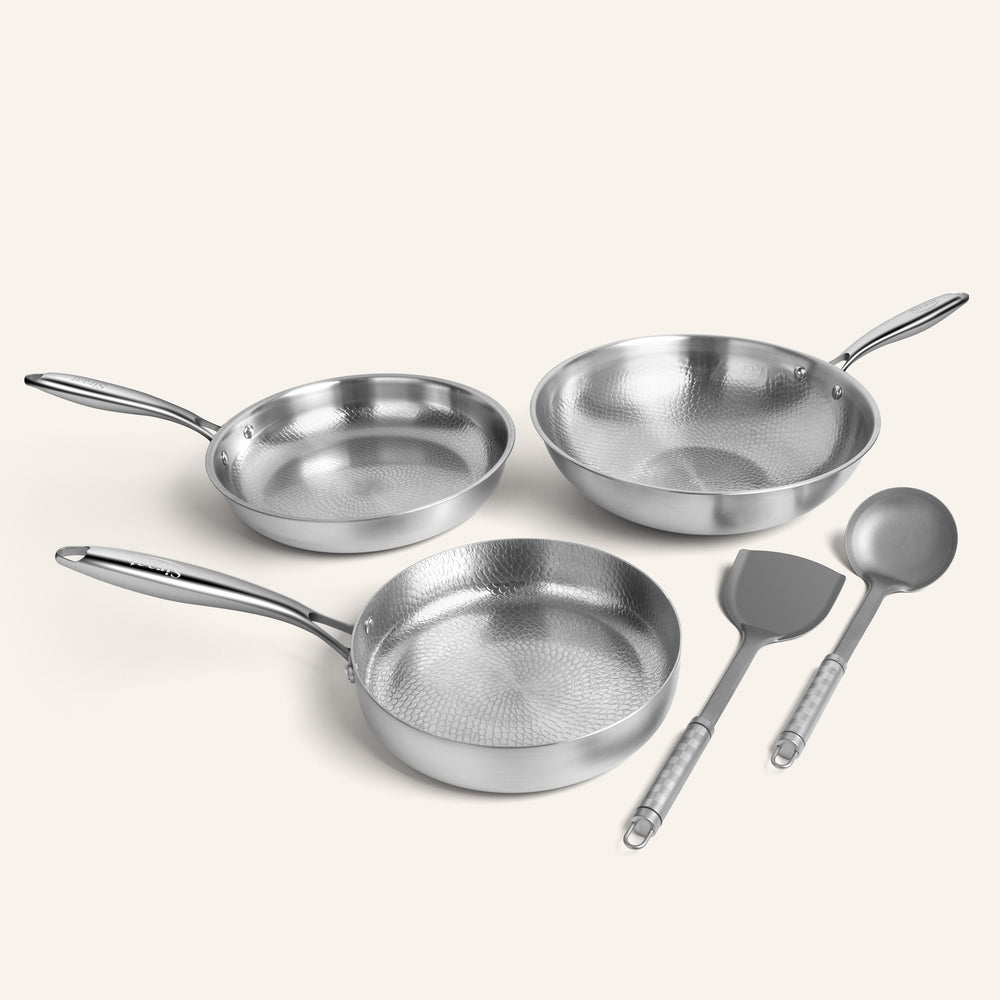
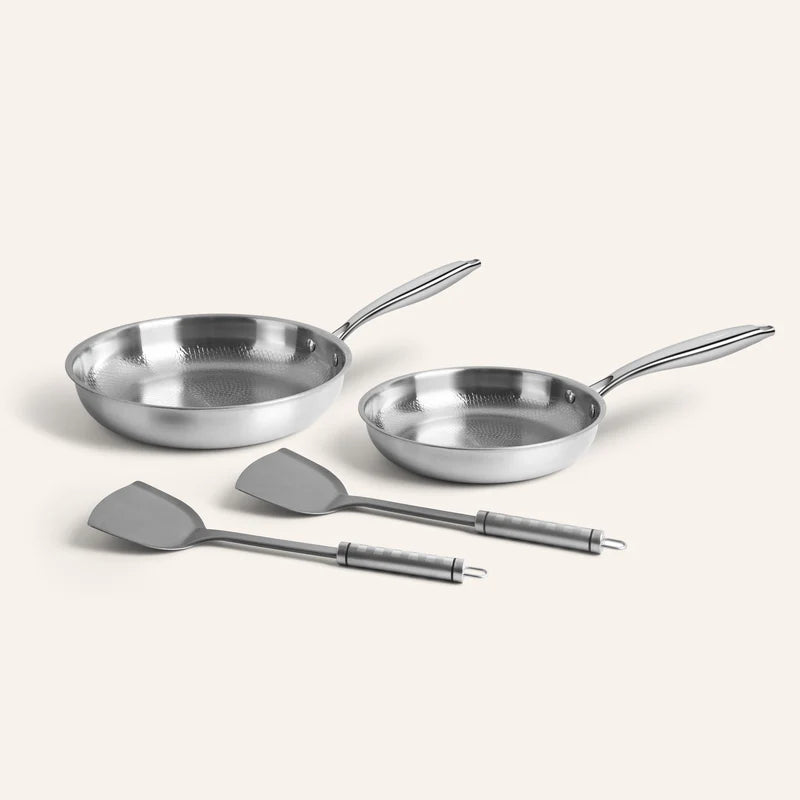

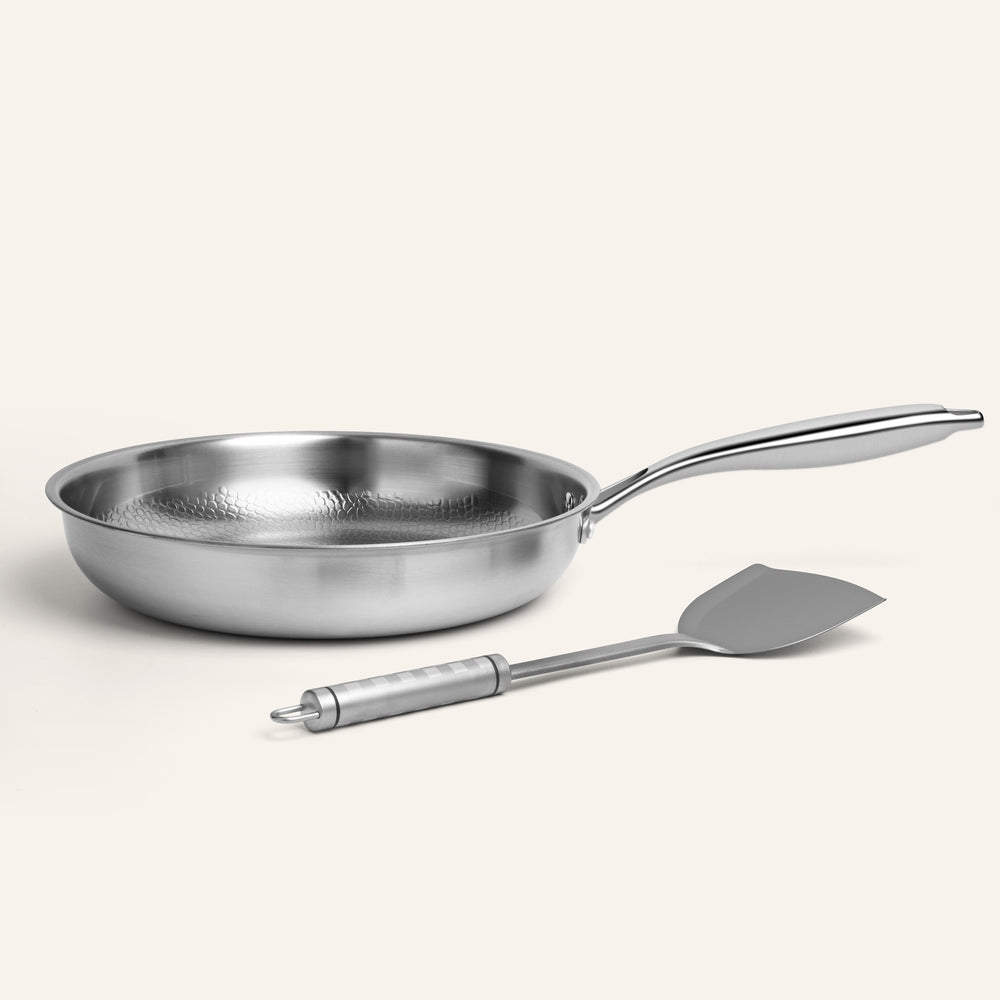

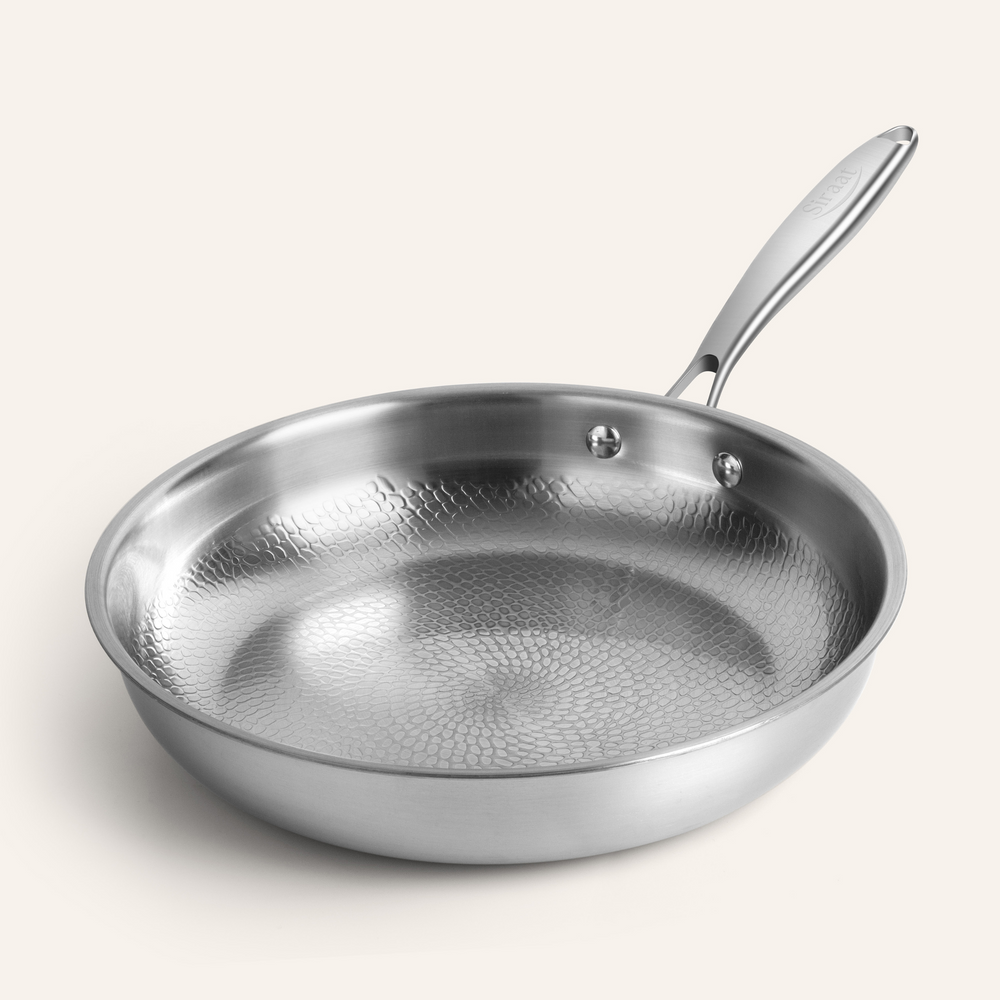
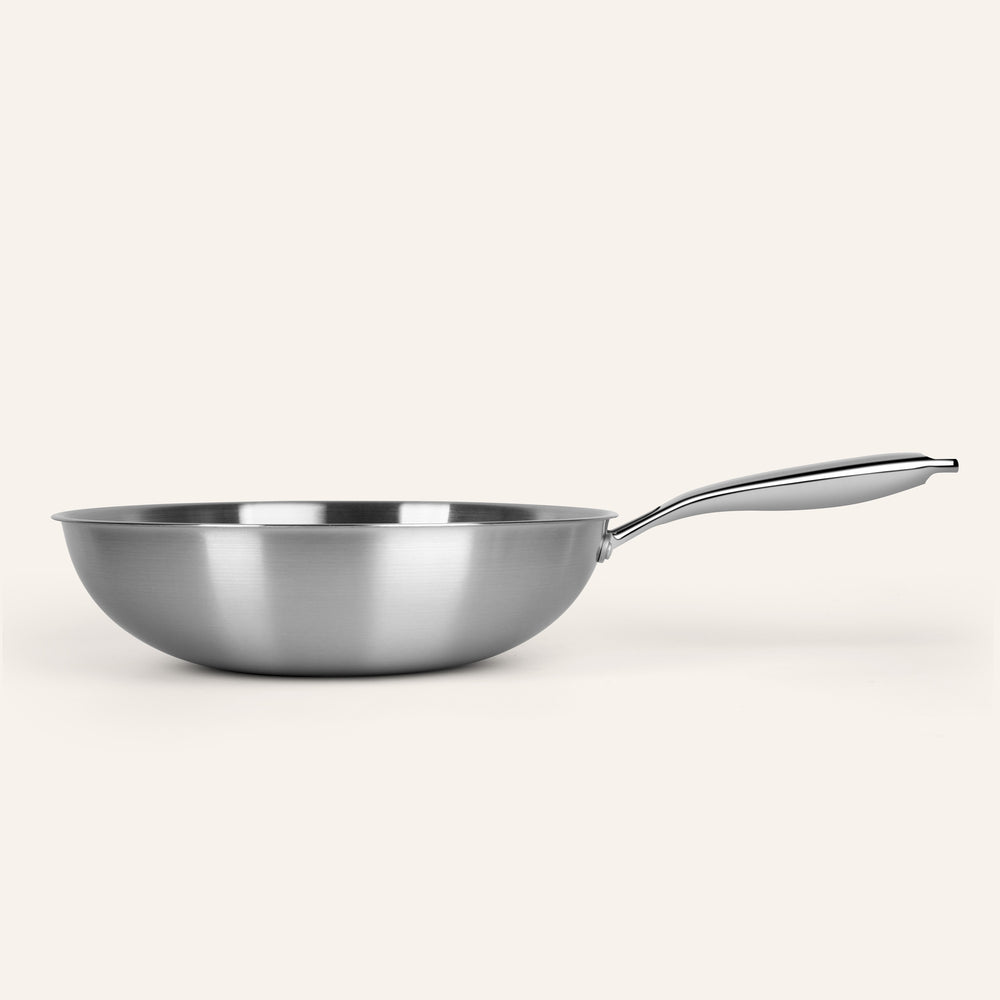
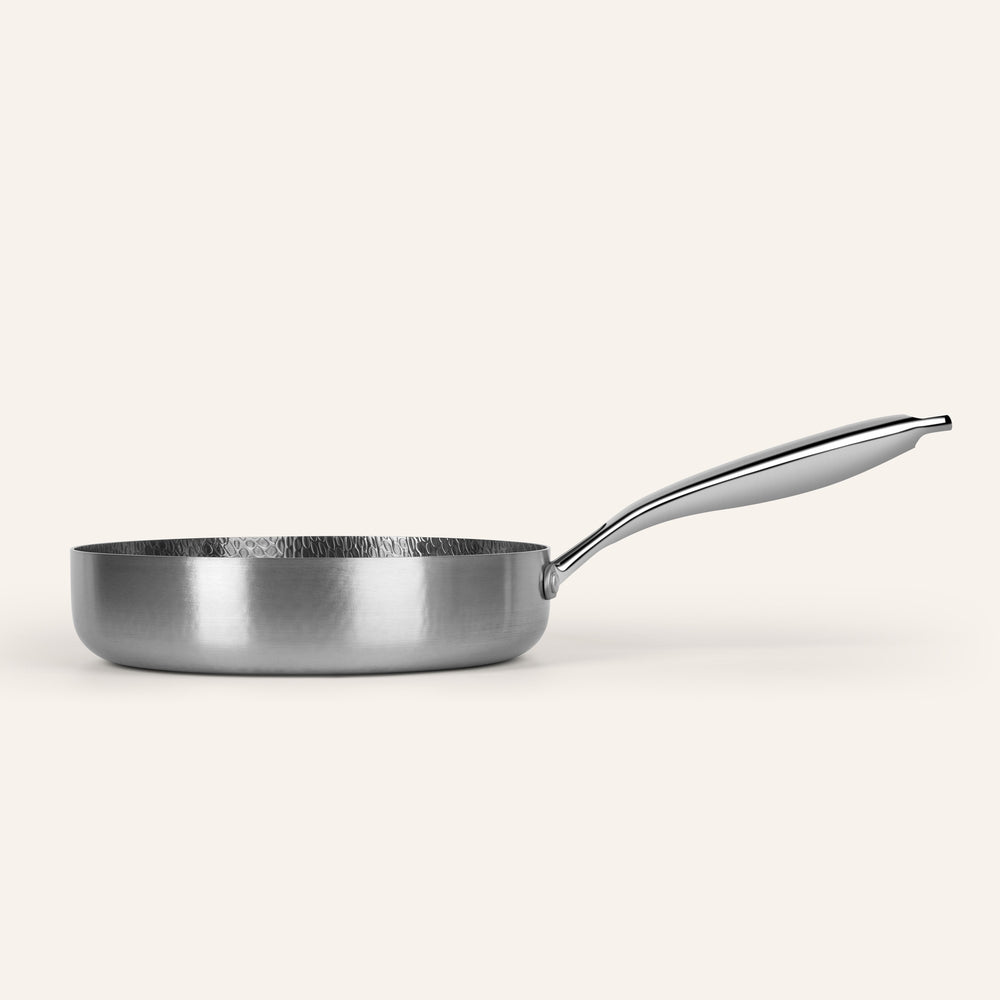
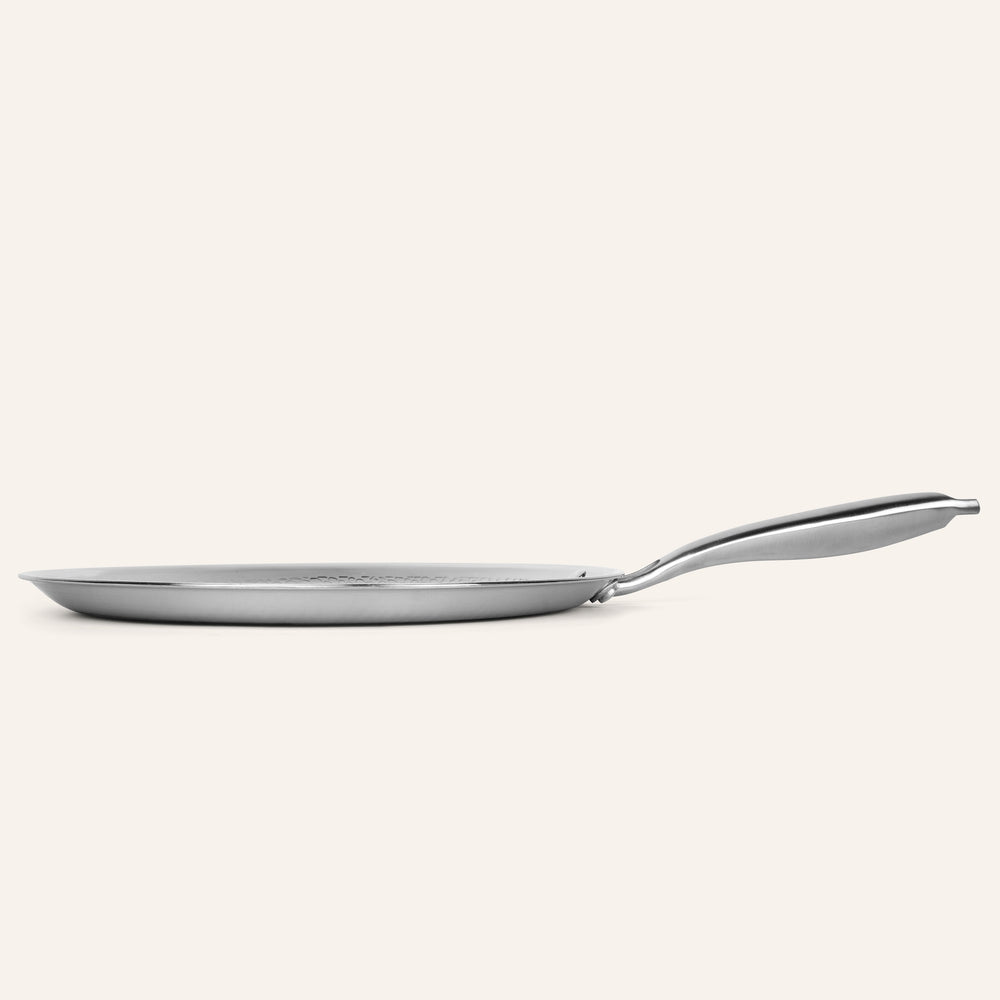
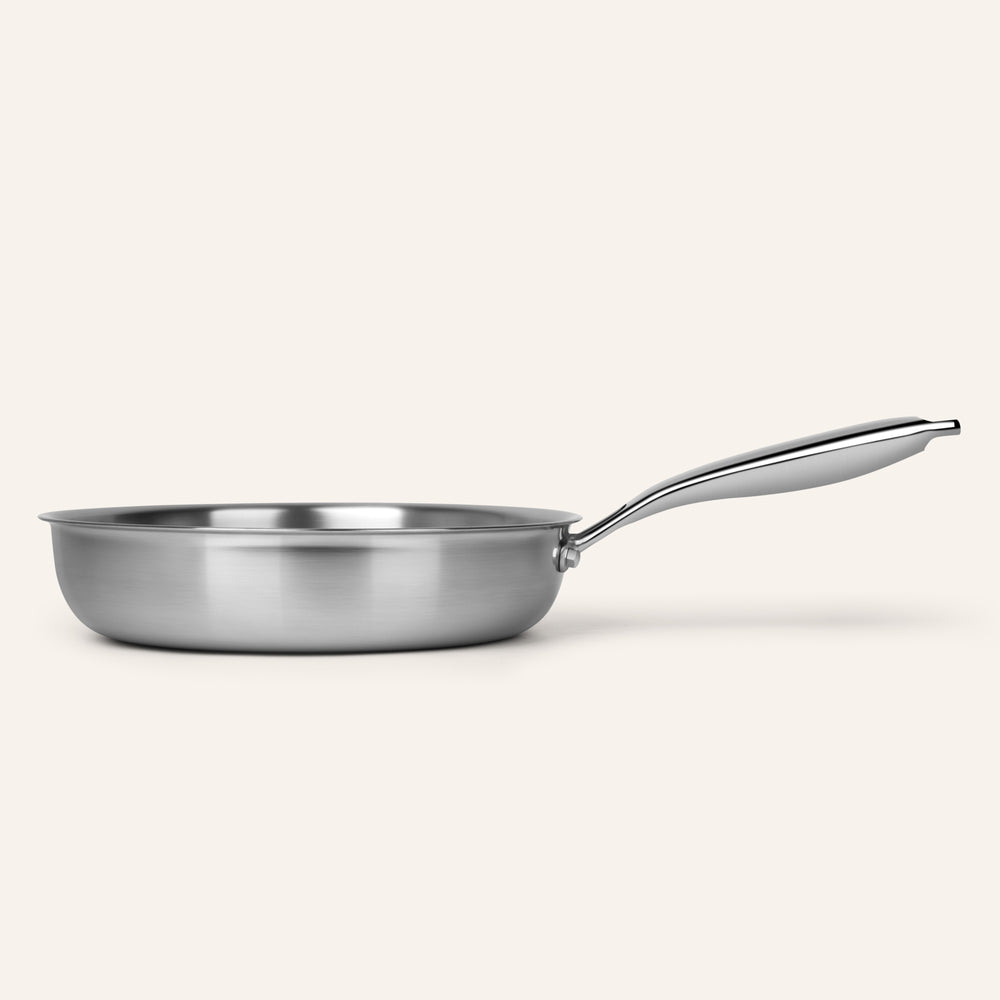
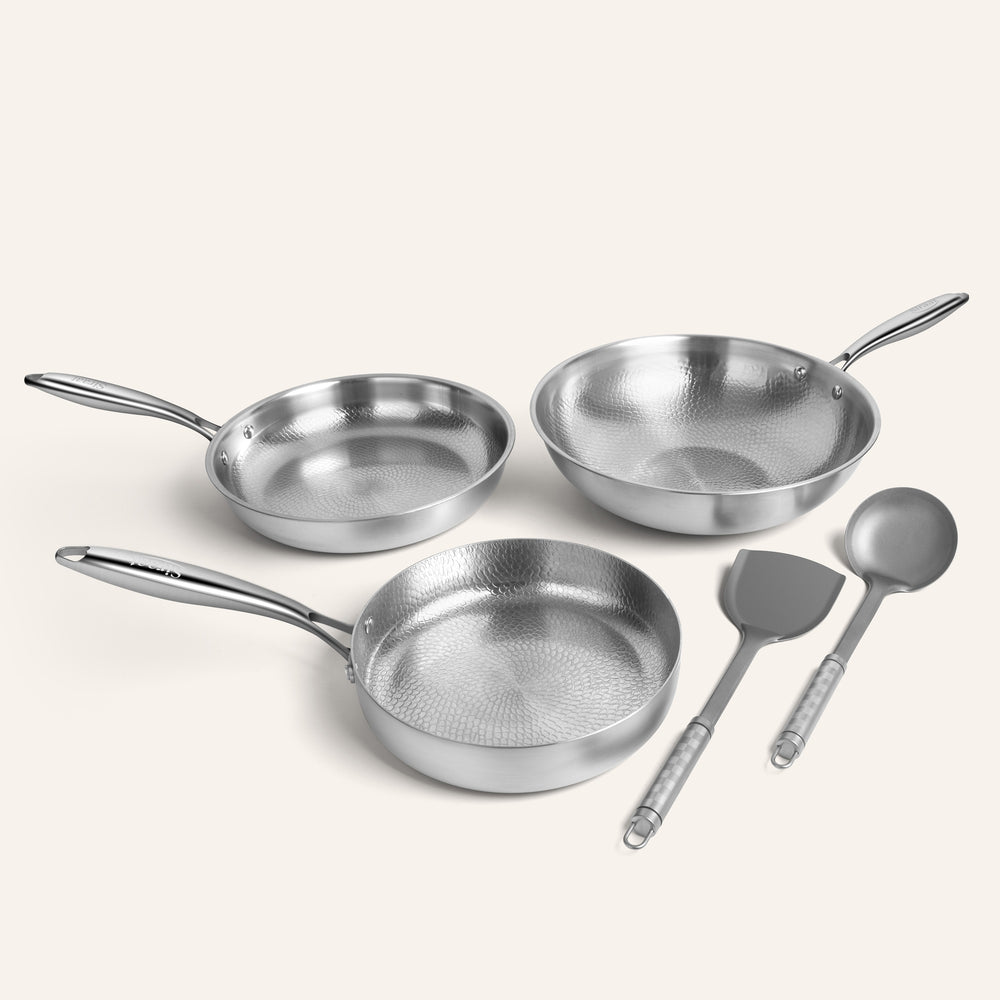




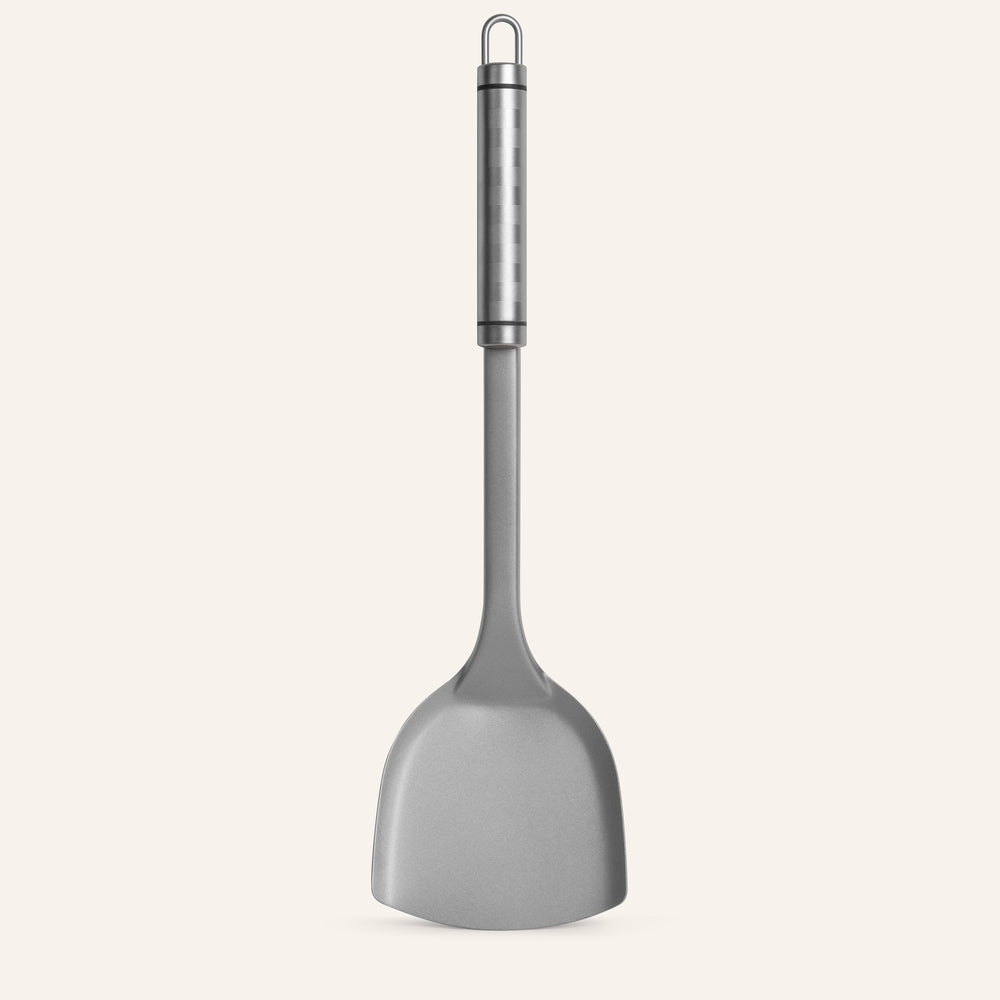


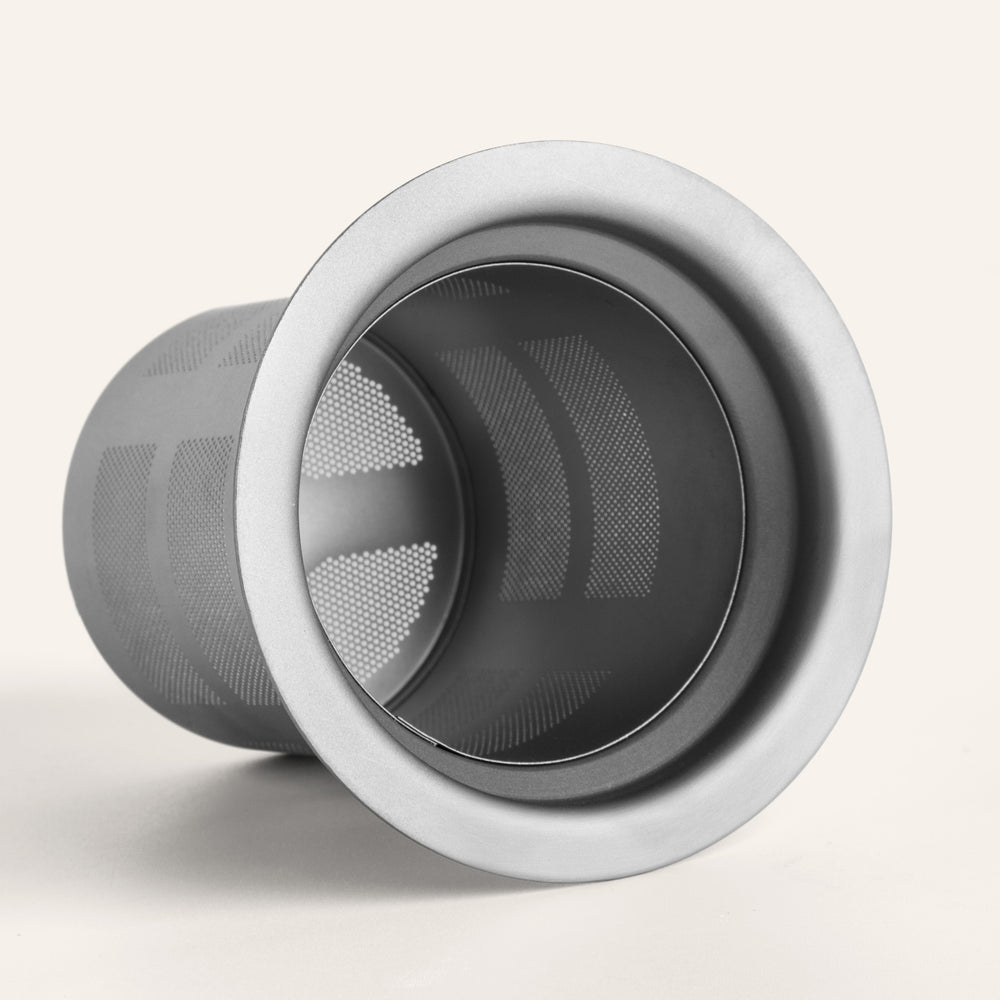

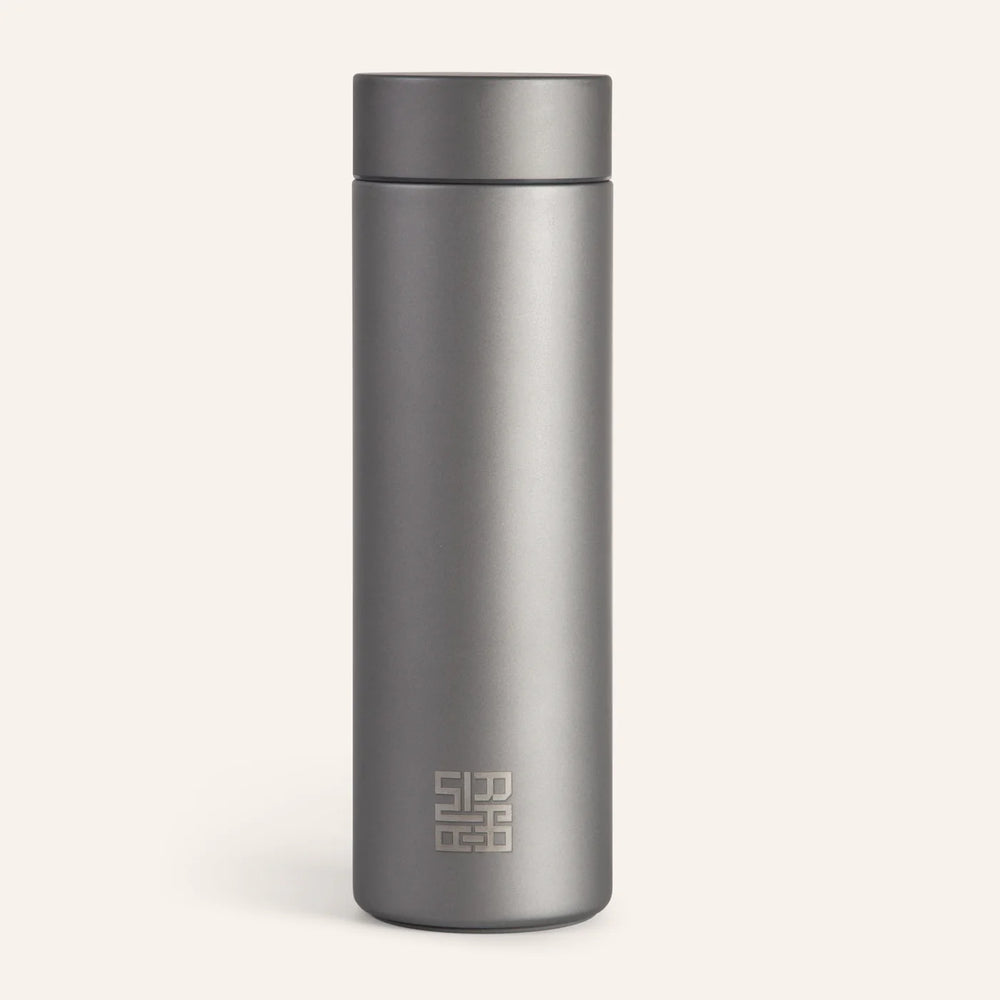
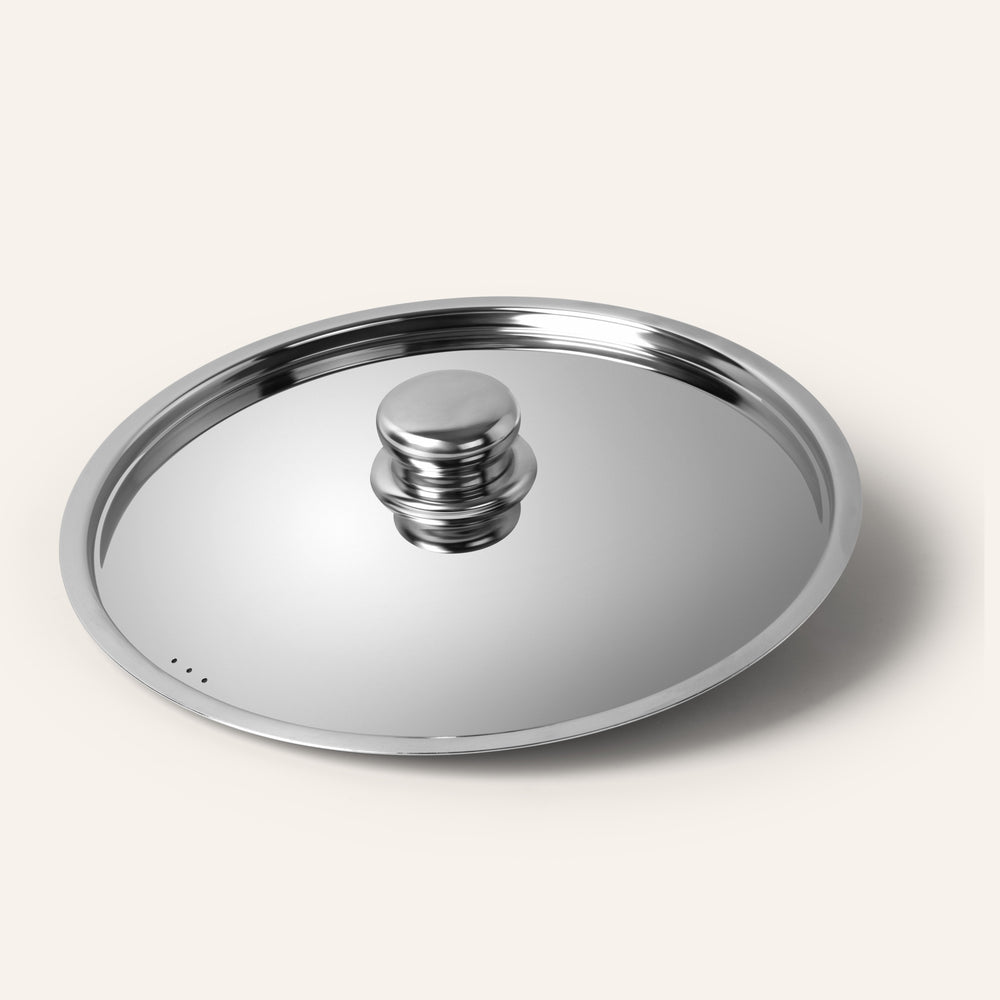




Commenta
Questo sito è protetto da hCaptcha e applica le Norme sulla privacy e i Termini di servizio di hCaptcha.